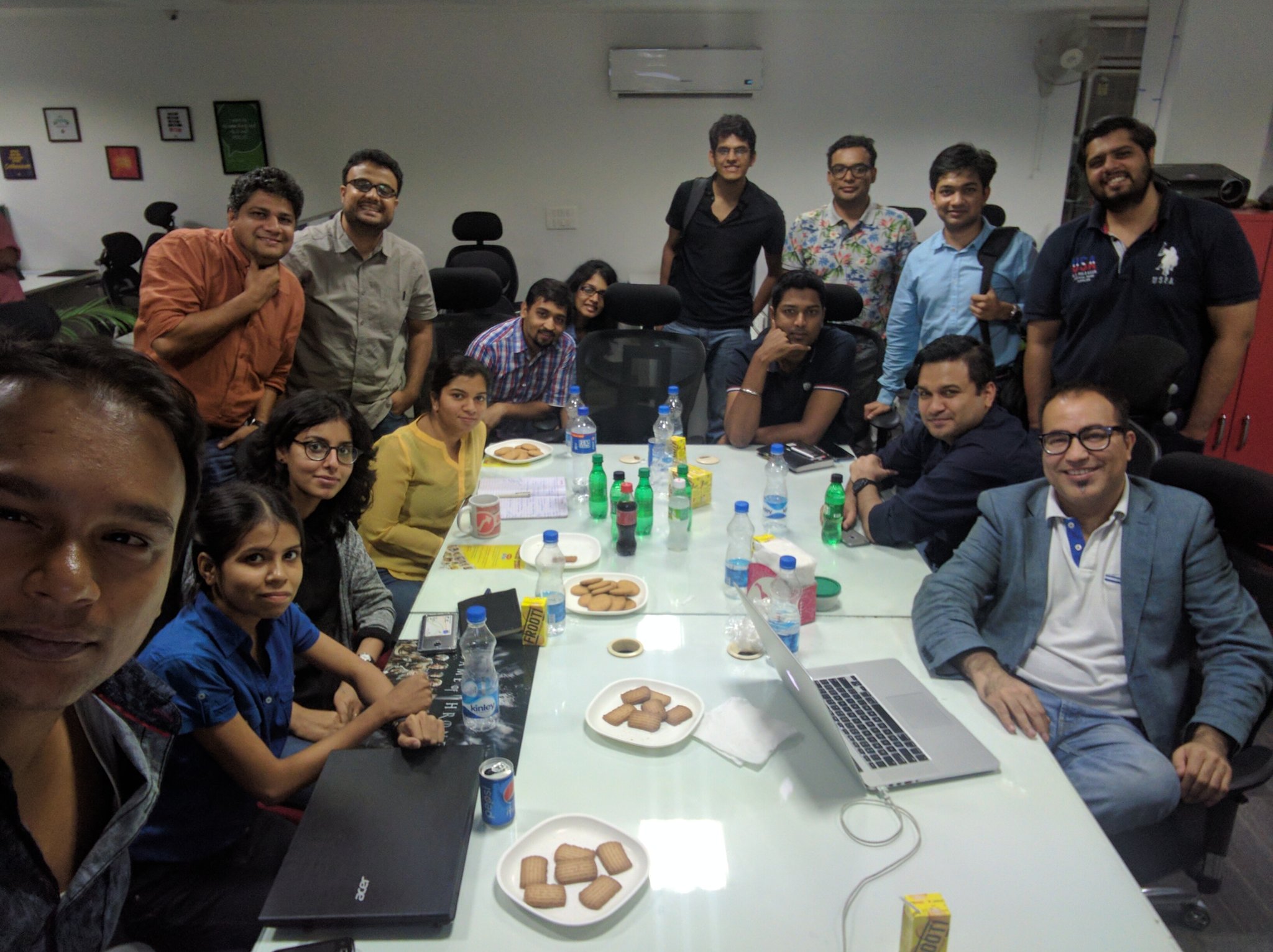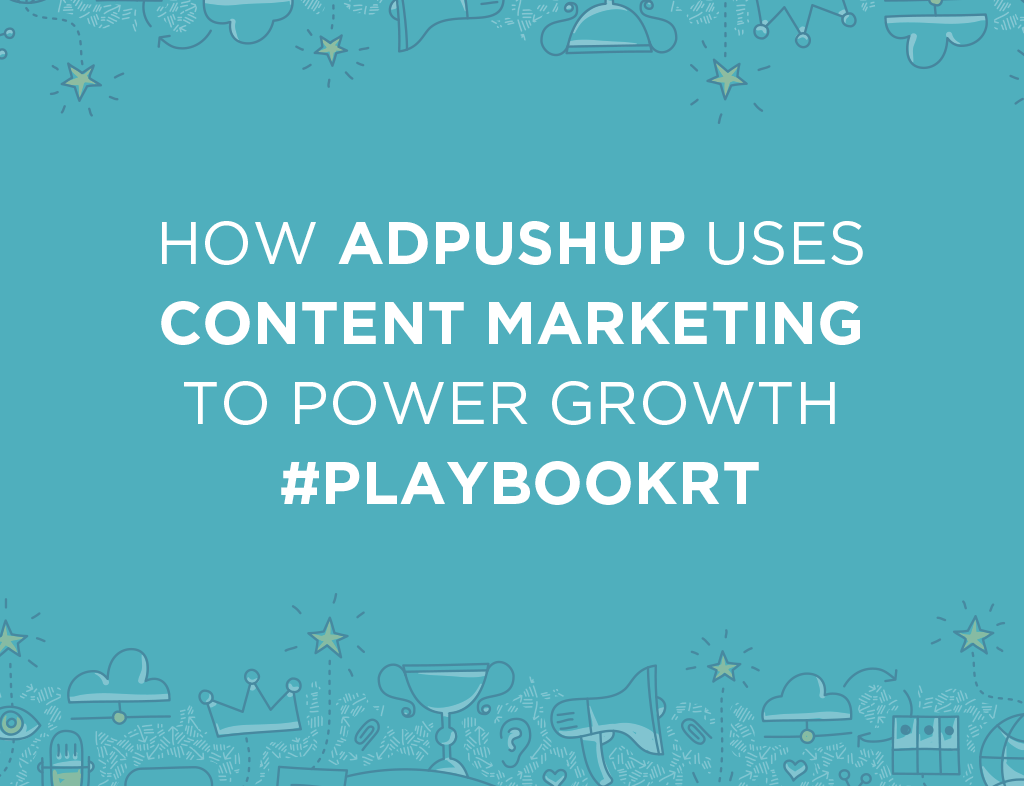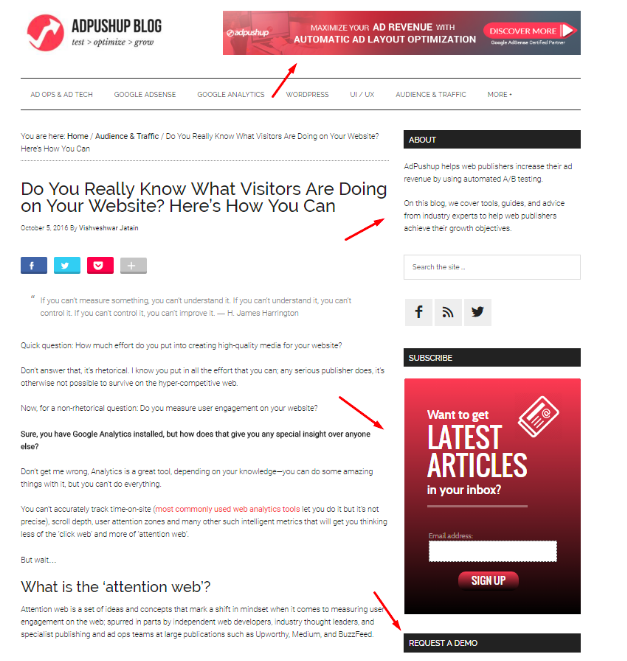Amazing but how? This question pops out of every startup founder’s mind while reading success stories. Persistence, determination & hard work, great to know, but nobody tells the real thing. Where are the techniques? With any magic, the logic behind is what a technician always looks for. So, where is the secret formula of startups having millions of dollars of revenue in SaaS?
‘XYZ’ startup got Series A $3M from ‘The one who every founder dreams of’ 10K Signups in a month (What were you doing? Tell me NOW!) $1M ARR in just 4 months of product launch (Who are these rich kids?)
These stories are highly inspiring, and to achieve such fabulous growth you need experience, the right product and perfect techniques of sales and marketing (Yes, funds could wait!). Being an early stage startup founder and that too into SaaS B2B, also an engineer who codes. I personally feel this is a deadly combination, where people like us know EVERYTHING when we start out BUILDING and half the way we realize about SELLING(hopefully we do!), the path to revenue, well the only reason we could be SUCCESSFUL.
The Invitation
While I was looking for my answers reading the book traction, building flows and learning by experimenting different traction channels, SaaSx happened (SaaSx was not like any other conferences or meetups, but really an experience to cherish, I now literally wait for the next one to happen) and there I met Avinash, he invited me to the PlayBook RoundTable Zero to One — Marketing and Inside Sales — SaaS happening in Delhi.
The invitation looked something like this..
Roundtable Focus Areas
– The PlayBook Roundtable will focus on how Early stage SaaS startups can get their first 10 and then the first 100 customers.
– The founders will share their experience of the initial steps to be taken, key metrics to focus on and the team structure for inside sales and marketing.
Facilitators
1. Sachin Bhatia (Ameyo/Inside Sales Box)
2. Ankit Oberoi(AdPushUp)
Bang On! it is very few times when you get the opportunity to hear from those who are just steps above you in the ladder, their learning from successes and failures could help you make the most out of your current situation.
Hops and Drops
11 founders at different stages of their startup journey in one round table conference hitting the bottom line with the right questions and right people to answer them.
- First 10 Customers, hacks to reach them? (Ankit’s hacks make you realize it is not that difficult)
- When to start marketing and help generate leads even before the product launch? (Conversations, Sachin even mentioned how first 100 conversations helped him get the Product Market fit)
- What is the actual Traffic / Conversion / Cost per lead from their experience? (These numbers helped to validate stuff you dream of)
- Initial Teams, Hiring Experiences and Compensation plans? (Most of us, funded or bootstrapped are struggling with this)
- Key learning in the initial lead generation and sales efforts?
- Content Marketing Strategy, to build for Google or Readers?
- Medium vs WordPress vs Your Own Blog? (It is not good for me to answer this here!)
- Launching product in the foreign market, the Hows of it? (SaaS businesses largely aim countries outside India)
- How to make your website the best marketing tool? (The number of leads generated from there, some mind boggling statistics we went through)
- To put pricing or not? (A million dollar question in itself)
- Hacks around Adwords and minimizing cost per click
- SEO, Keywords, On Page, the real metrics, and the lead generation techniques
- Tools to trigger drip marketing campaigns
- Social Platforms their reach and how to maximize with minimum efforts and cost
- The strategies worked for DIY tools
- Lead tracking, Website Chat
- Content — Blog / Ebooks / Video
- To go for PR or not?
- How to experiment more with current traction channels?
- Mistakes which led them to lose customers, and how reduce churn rate?
And much more.. A day full of insights, no presentations, no mind-boggling figures but real conversations based on the real fears we as founders and startups face everyday.
To not let go..
The journey of a founder has lots of ups and downs, engaging with the right people who could help you in a way you just imagined could be a path breaker.
Thanks a lot to the team at iSPIRT — Avinash and Rajat for making it accessible to the community.
Ankit and Sachin were as candid as they could be, the secrets of their business are going to help us take leaps with our startup.


 AdPushup is a SaaS company that helps web publishers increase their ad revenue by letting them test and optimize their website’s ad layout. Their expertise has been content marketing, and Ankit shared several details of their experience, learning and strategy which have helped AdPushup become a leader in content marketing in the AdTech software space.
AdPushup is a SaaS company that helps web publishers increase their ad revenue by letting them test and optimize their website’s ad layout. Their expertise has been content marketing, and Ankit shared several details of their experience, learning and strategy which have helped AdPushup become a leader in content marketing in the AdTech software space. Content Creation
Content Creation